Southeastern Networker trains heading for storage and scrap
It’s appears that the end is nigh for a number of Southeastern’s venerable Networker trains which are due to head to storage and possibly scrap within days.
The trains have been the bedrock of Network Southeast, Connex and Southeastern since the early 1990s.
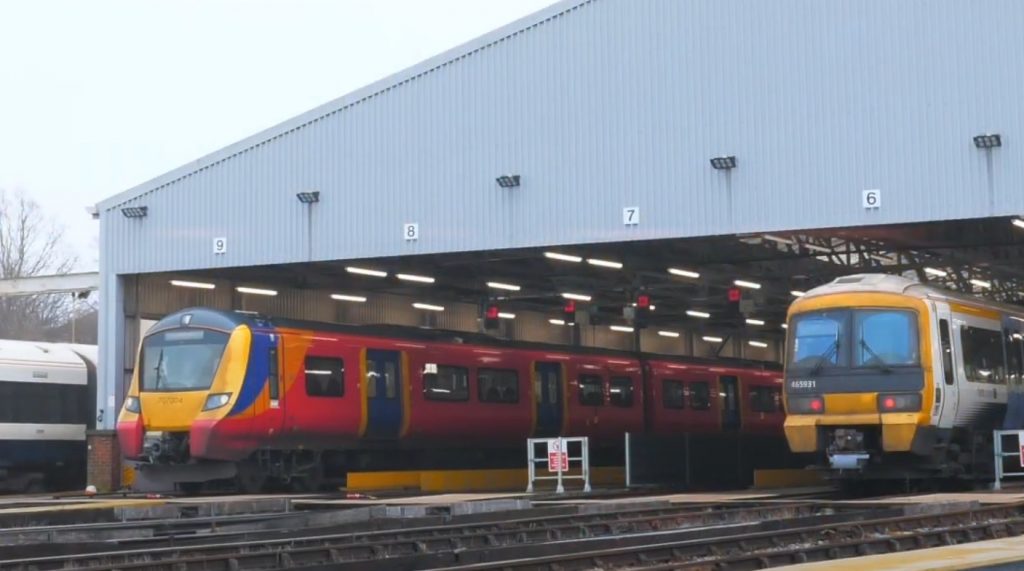
In their place will come 30 trains from South West Railway. Some are already on test with Southeastern.
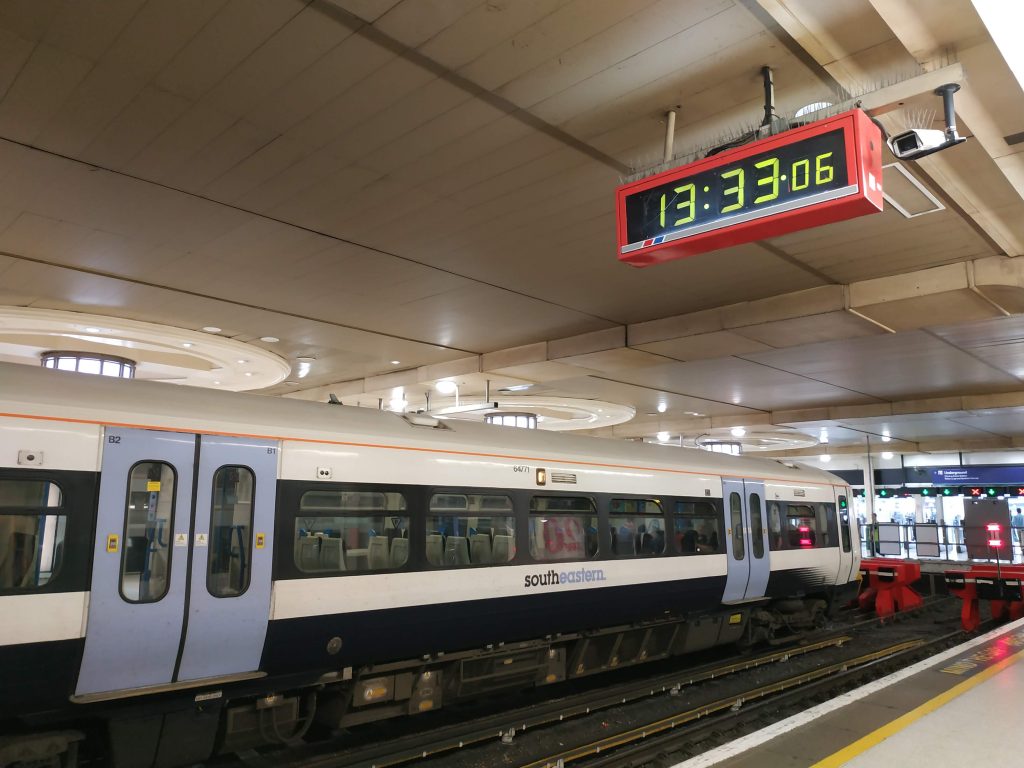
When the announcement was made that 30 Class 707 trains were to transfer to Southeastern, some appeared to expect an increase in overall stock, though even before the pandemic this seemed unlikely as Southeastern lack stabling and depot space.
There simply isn’t room to store trains at Slade Green, Plumstead, Grove Park and other locations. Plumstead would be possible to extend as Crossrail have vacated their temporary base just to the north, but so far no announcement.
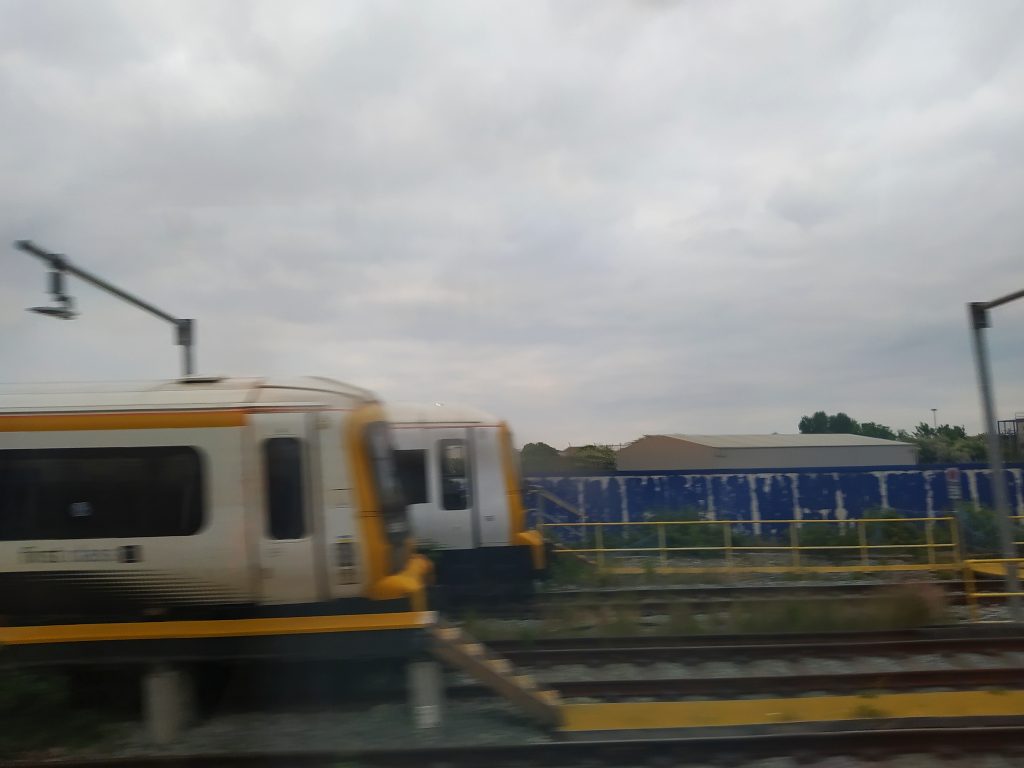
There is work to bring back into use a former Southeastern depot not recently in use out in Kent at Chart Leacon – but this is some way from Metro territory and whether it has any impact on Metro routes remains to be seen.
Capacity
What seems likely is they’ll be no net increase in carriages but a slight capacity uplift as new trains are more suited to Metro work and ditch the rows of three seats.
The capacity of a 10-car Networker is 1,095 passengers. The capacity of a 10-car 707 is 1,190.
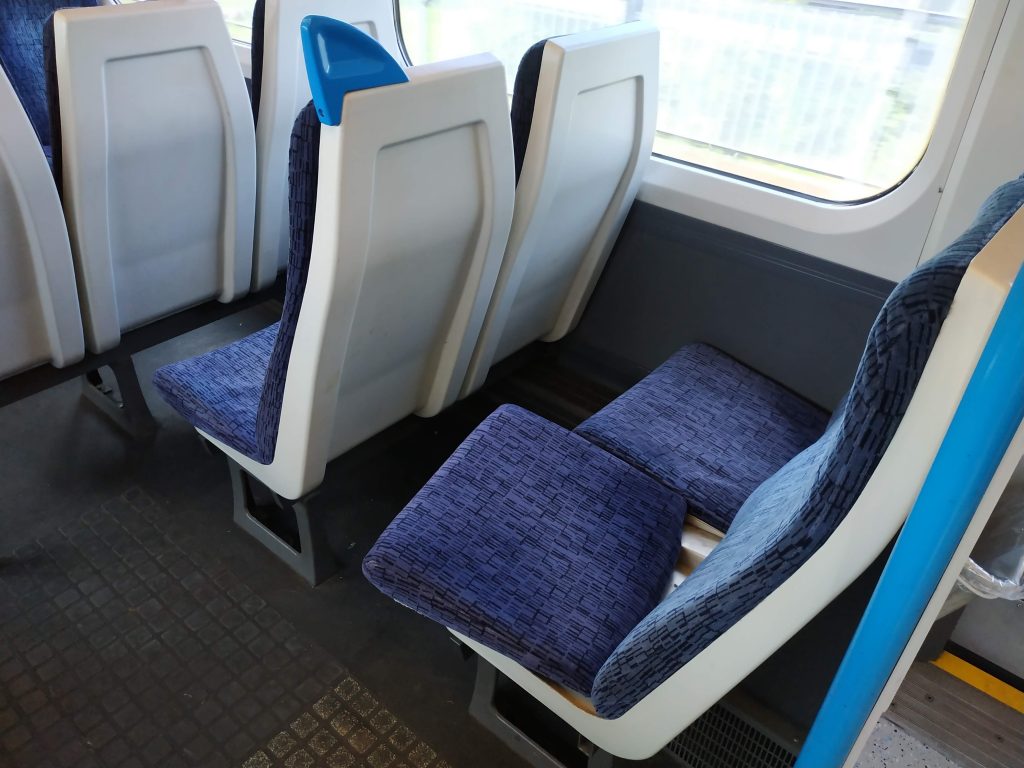
What will be key now is whether 30 are sent off-lease (Southeastern like other franchises do not own trains) and it’s a like-for-like swap, or a lower (or even higher) number go.
If lower than 30 leave there’s scope for some limited increase in 12-car services. Where they’ll be stored is the big question.
The train’s future has been in limbo for years. While less than 30 years old – when many trains are expected to last up to 40 years – they never saw any sort of comprehensive internal refurbish for three decades.
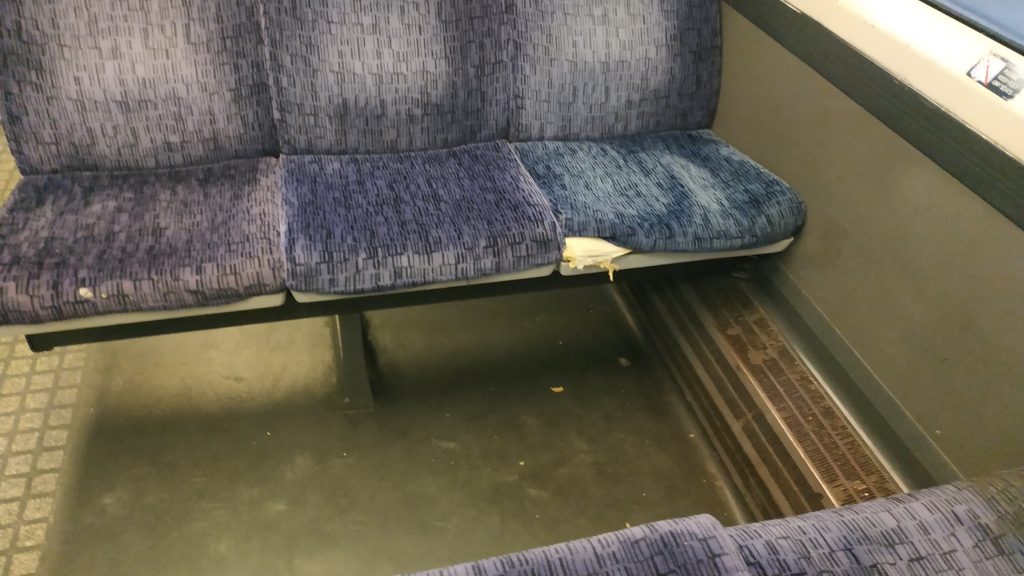
The vast majority of UK trains get a major refurbishment every 10-20 years. Southeastern Metro stock never did as the Department for Transport never requested or specified it, and for much of the past decade the franchise has been on short term life support with the DfT making various mistakes with franchising. Thus we saw minimal investment.
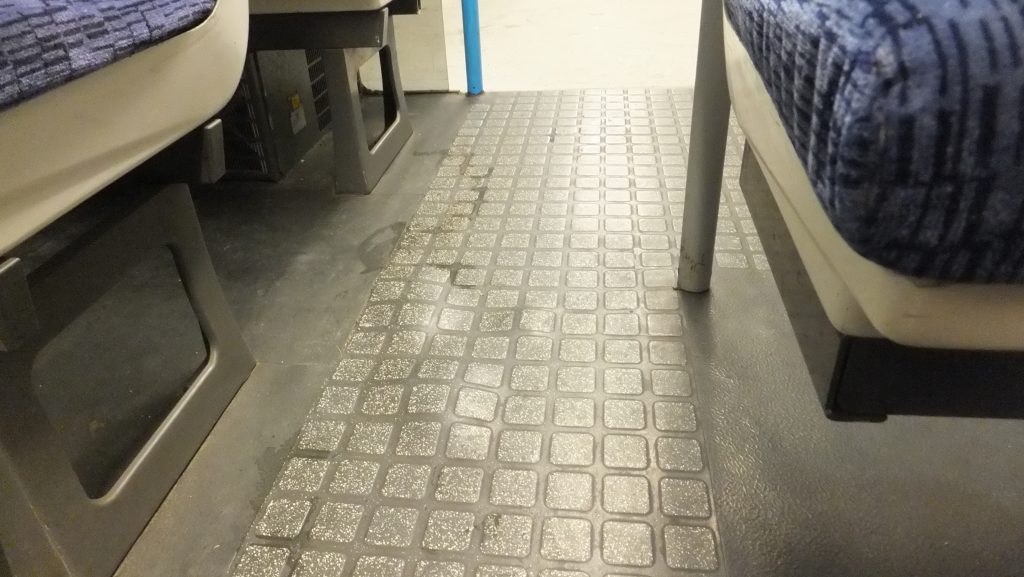
Most of the stock is now clapped out and not particularly enticing to passengers. Bubbles aplenty on floors, fittings are dirty, seats are loose and there’s a pervading feel of being unloved. Add in largely unstaffed or minimally staffed stations and the network is far from what it could – and should – be in offering a real alternative to car use in London.
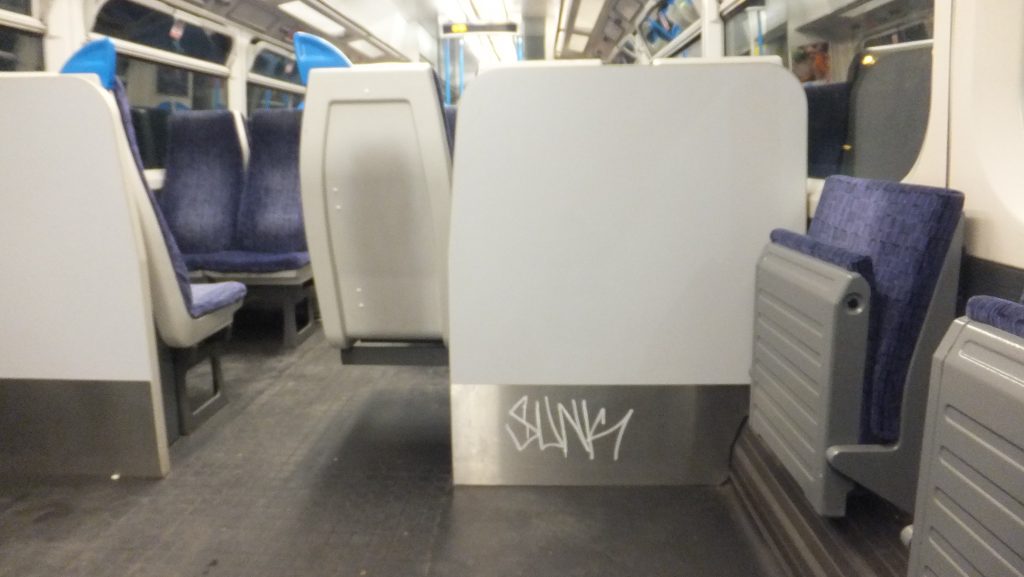
Commuters may be forced to use them – but leisure users were hardly being encouraged to switch. That market is perhaps more key now than ever.
Platform and power upgrades
One issue with the new stock is that they’re limited to 10 carriages, while Networkers can run in 12-car formation (though are unable to stop at certain stations when running in 12-car). A 12-car Networker easily beats a 10-car Class 707 with 1,410 passengers v 1,190.
Network Rail spent tens of millions over the past decade extending platforms for 12-cas and upgrading electricity supply for 12-car running – which new trains will not make use of, and a lack of depot space could ensure there’s few Networkers freed up by new trains to utilise new infrastructure either.
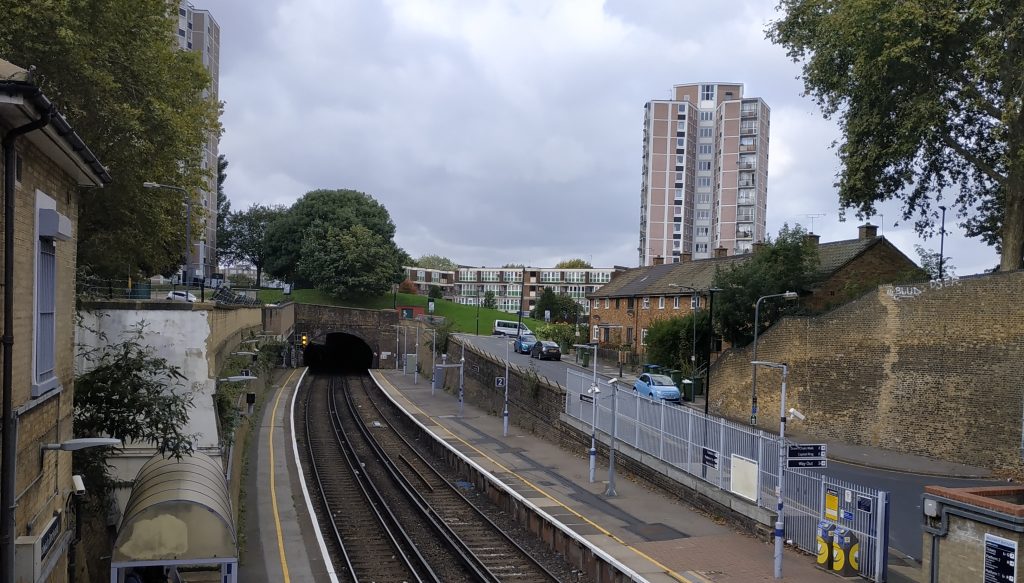
In the short term with passenger numbers depressed it’s not a big issue, but in five years? It’s not a secret that the DfT have previously embarrassed themselves with projected population and housing plans in south east London and north west Kent.
They wildly underestimated future housing growth during a previous franchise process in 2017 – which was later scrapped. This site highlighted the discrepancy, and former Erith and Belvedere MP Teresa Pearce wrote to the DfT who conceded they’d made a mistake.
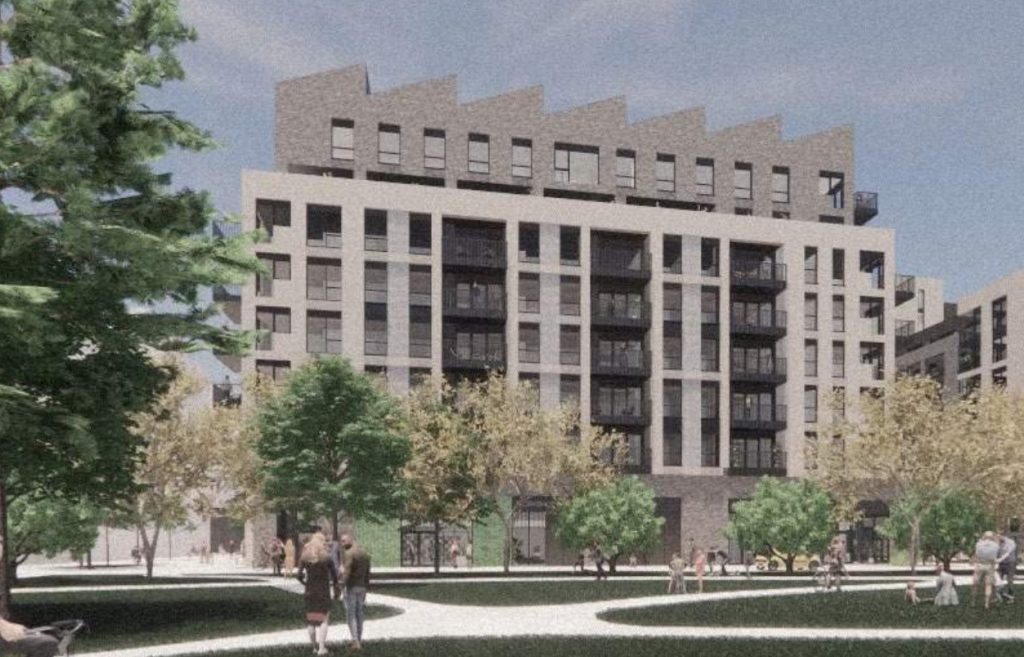
The DfT initially stated 36,000 homes when the real figure was 68,400. That was based on 2015/16 housing numbers. Now many areas have been revised upwards. The 68,400 figure stated 5,000 homes at Charlton Riverside. It’s now 8,000 in the latest London Plan.
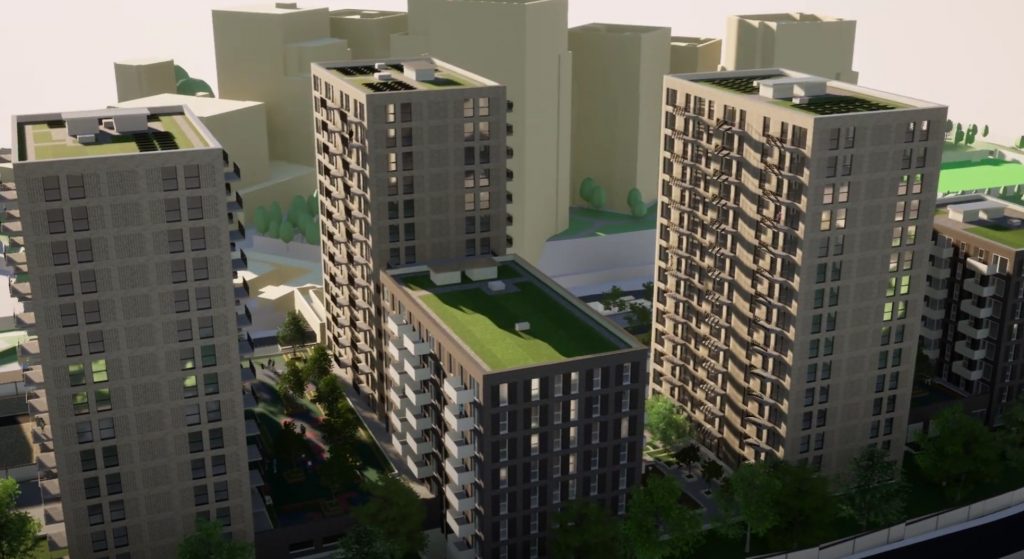
There’s certainly no shortage of new homes in places like Kidbrooke and Lewisham which have also seen increases since 2015. Are the DfT on top of it? It’s a regular occurrence to see major planning applications for hundreds of homes receive no feedback from either Network Rail or Southeastern. TfL almost always engage and respond regarding pressure on tubes, DLR and buses. They seek mitigation measures and funding. Rail doesn’t.
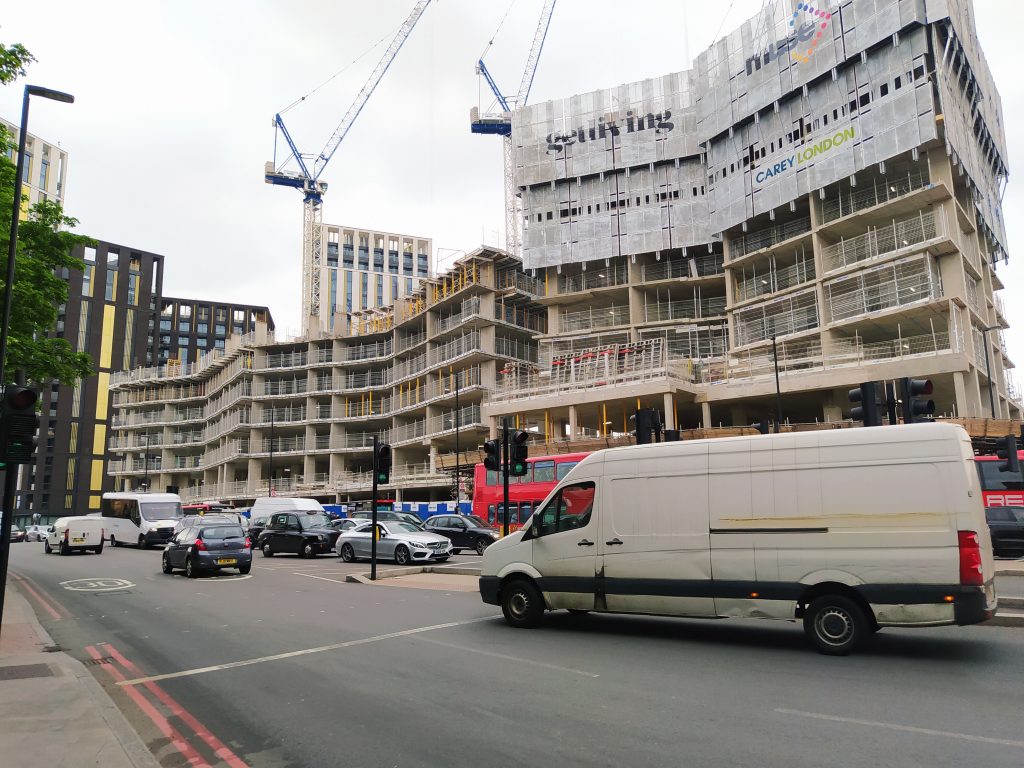
It now looks like the Bakerloo Line extension to Lewisham is going nowhere – and even it it had been approved was not due to open for nine years. We could now be looking at the mid-2030s at the earliest.
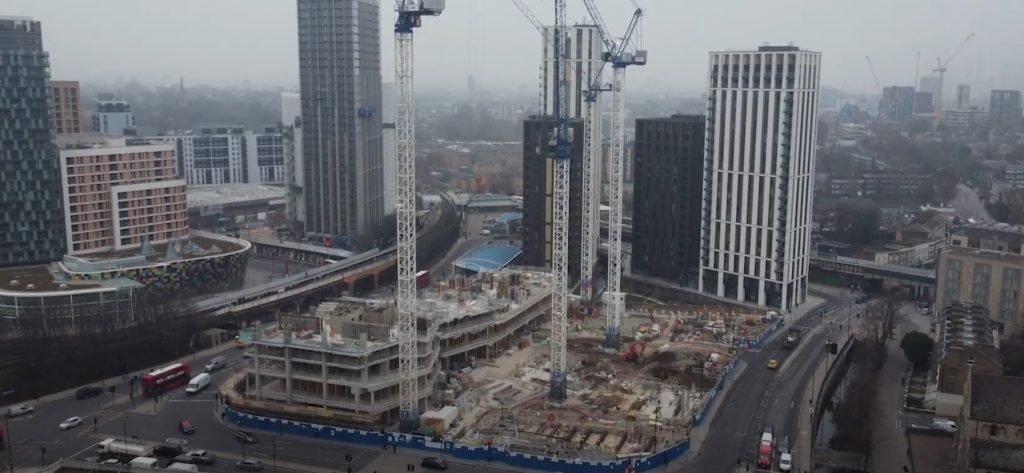
And then there’s last weeks demand by central Government for TfL to cut £730 million from their budget annually by 2023. Does this put at risk planned frequency upgrades on the DLR Lewisham branch?
It’s be quite some combo if the Bakerloo doesn’t happen, DLR upgrades scaled back and no net additional rolling stock arrives for Southeastern Metro for some years to come. I’m not sure a small capacity uplift from switching 10-car Networkers to 10-car Class 707 will suffice.
Networkers used by Southeastern date from the early 1990s ad were built by two manufacturers to almost identical spec – but not quite. Some have internal air cooling (not air conditioning) above seats, for example, whilst others do not. Some (Class 465/1 and 465/2) had their traction replaced a decade ago with new Hitachi equipment, while the 465/2 and 465/9 did not. The latter types are likely to comprise the bulk of those to be scrapped or sent to storage.
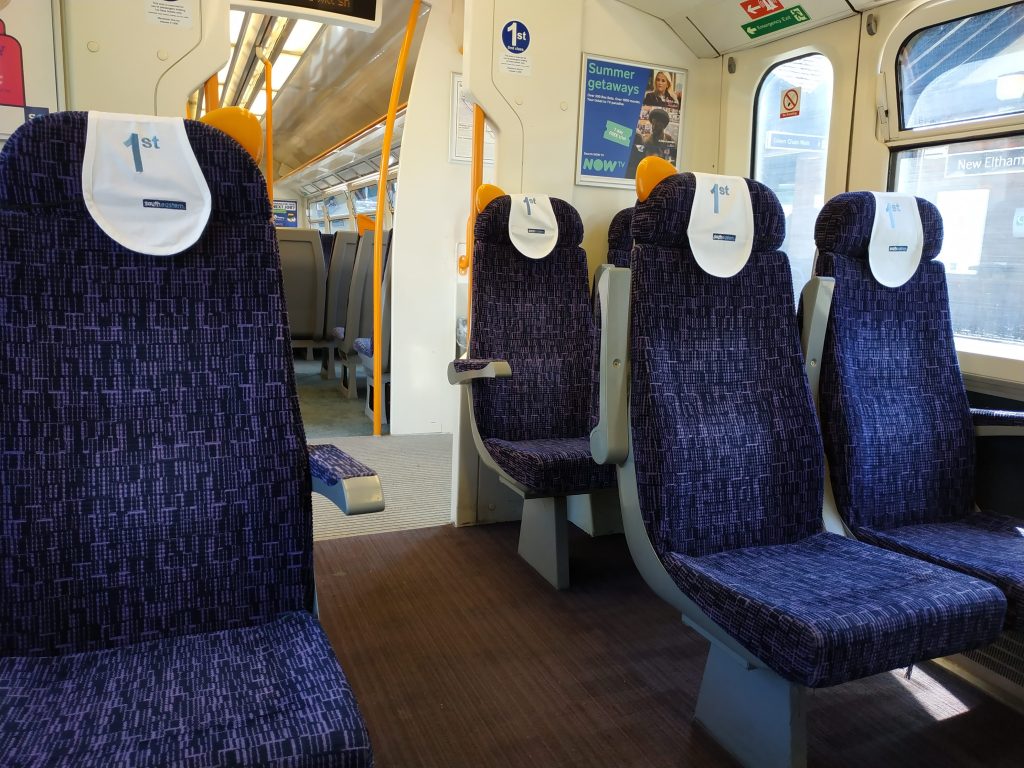
A shame really, as the 465/9s have first class sections and both have a far better interior ambience through lighter materials. The 465/0 and /1 are really pretty gloomy and unloved.
On the bright side the new trains will have air con which will be welcome. Networkers of course do not, and other stock on SE metro – the Class 376 – was the last stock ordered in the UK without air con fitted.
Running a site alone takes time and a fair bit of money. Adverts are far from enough to cover it and my living costs as a private renter.
You can support me including via Paypal here Another option is via Patreon by clicking here You can also buy me a beer/coffee at Ko-fi here There's also a Facebook page for the site here Many thanks
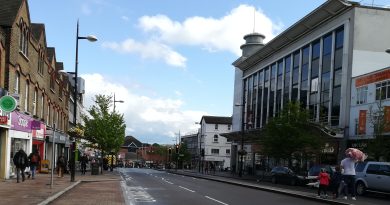
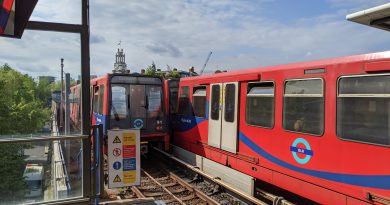
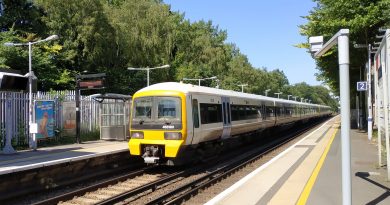
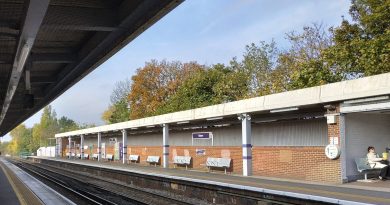
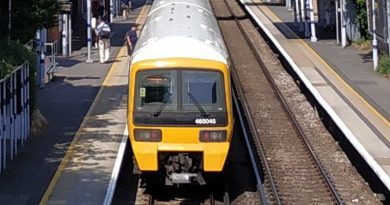
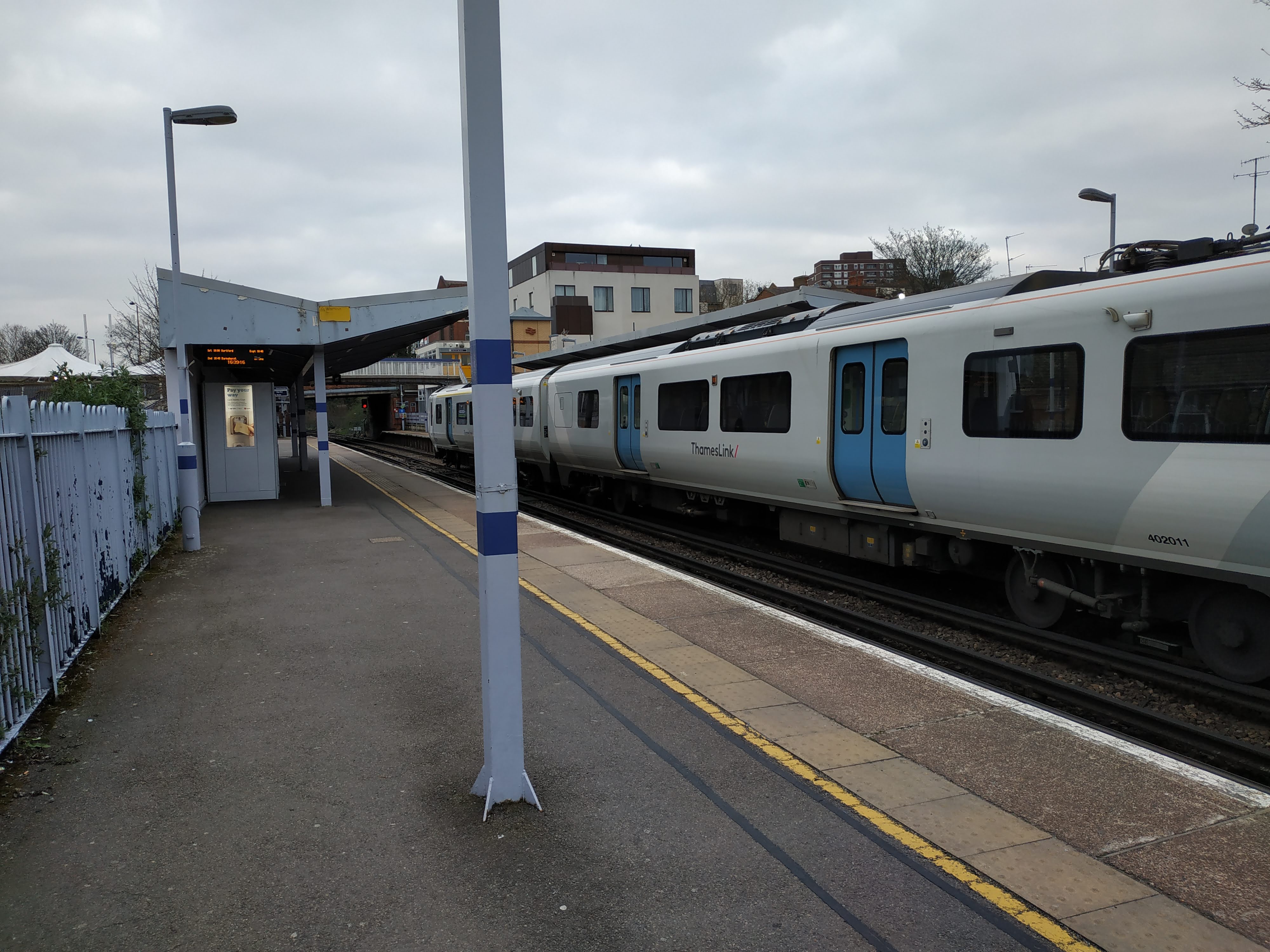
DfT taking the first chance they’ve got to get rid?
As you state, the current situation makes reduction in the short term ok, but they really are poor at forward planning for the area so they could stifle chances of growth when passengers return.
Your post yesterday about the bus survey seeking to axe routes shows that all too clearly. The DfT seek to cut public transport right now – regardless of whether passengers want or have to come back.
We should be *very* wary of the DfT.
The one advantage of the 707s is that you can walk through the whole train.
Southeastern put up a little ‘puff piece’ video – https://youtu.be/ByY4zA5IzkY The class 707 will look better than the broken down Networker and being able to walk through the length of the train is good. However, the 707 gives a hard ride and there were plenty of complaints from Southwest train passengers.
It’s an improvement for many, but not really a sign of any mid to long term overall strategy for the area.
Short termism rules and so long as things hobble along, no thought has to be given to the long term.
No you can not walk through the whole train on a 707. As with the Networker, only a unit.
The class 707 is a five car configuration through which you can walk the whole length.